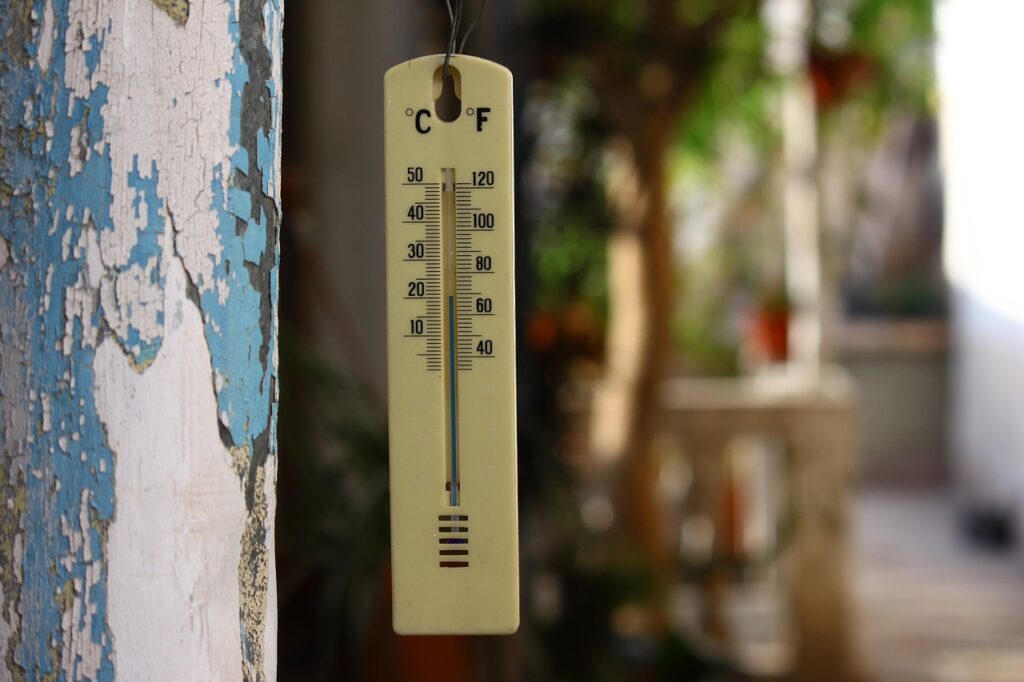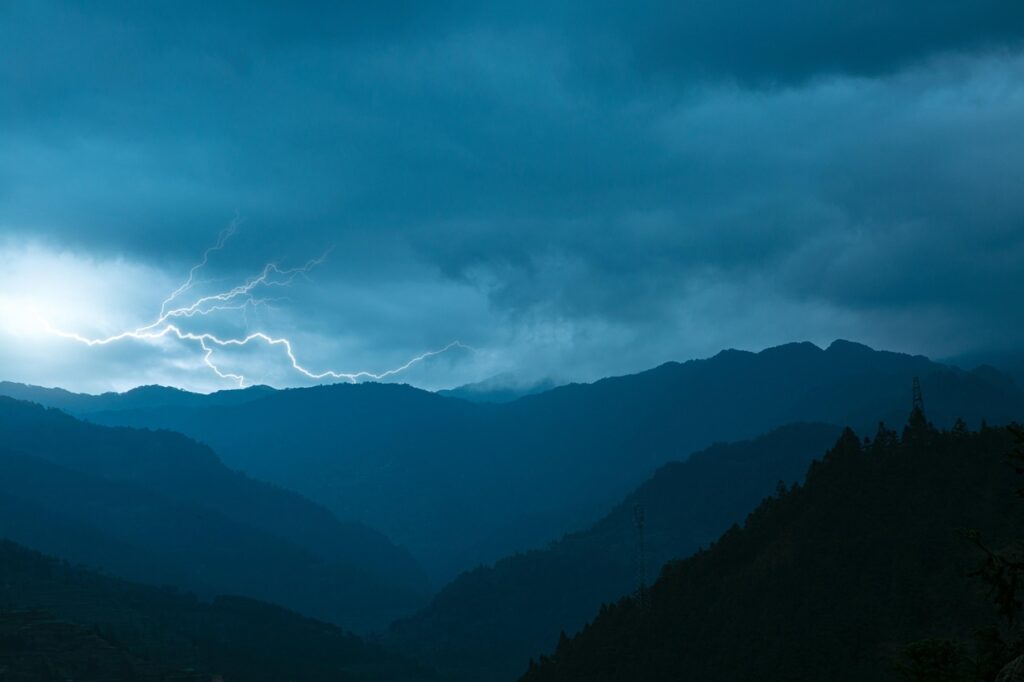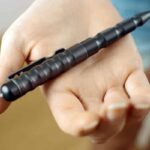I feel like many of us live in areas where a common refrain is, “if you don’t like the weather, wait two hours and it’ll change.” While humorous, it’s also not far from the truth. With that being the case, it’s important to recognize signs of changing weather, especially when that change is going to potentially be to your detriment.
Spotting Incoming Inclement Weather
Even without access to satellite imagery and other high-tech wizardry, you can do a fair job of predicting the weather when you’re out on the trail. You just have to pay attention.
Pressure
As a general rule of thumb, low barometric pressure can indicate bad weather is coming. While some watches today are equipped with barometers, there are other clues you can watch for that signal low or falling pressure. Birds tend to fly lower. Plant smells can become stronger as they release gases due to low pressure. Campfire smoke that doesn’t rise very far means low pressure as well. Many people experience headaches and stuffy noses during low pressure, too.
Advertisement — Continue Reading Below
Clouds
Cumulonimbus clouds look heavy and thick, often very dark, and sometimes with a greenish tint. If you see those forming, find shelter quickly as a storm is fixing to unload.
Nimbostratus clouds are the type that fill the sky, low and gray. You may get some steady rain off and on, but likely not full-on stormy weather.
Advertisement — Continue Reading Below
Heavy cloud cover at night often means warmer temperatures the following day. The clouds serve as a sort of blanket and insulate the ground underneath. On the other hand, if those clouds continue to linger all day long, temperatures are likely to cool because the sun can’t get through the clouds and heat the ground again.
Temperature
A cold front is a mass of cold air. It’s denser than warm air, so it tends to push warm air up and out of the way as it moves into an area. This, in turn, causes moisture in the air to condense into clouds, eventually falling as rain. As a practical matter, this means that if you’re out recreating on a hot, muggy day and the temperature suddenly seems to drop, it’s time to head for the car or tent as it’s about to kick off.

Advertisement — Continue Reading Below
Sounds
It isn’t just visual indicators that could clue you in that the weather is changing. For example, if you notice a sudden increase in the sound of frogs croaking or chirping, it often means rain is headed your way.
Some of us might remember this trick we learned as kids. If you see lightning flash, begin counting seconds until you hear thunder. Each second is one mile between you and where the lightning struck.

Advertisement — Continue Reading Below
If you hear what sounds like a freight train, and you’re nowhere near train tracks, it could mean a tornado has formed and might be headed in your direction.
Consider Context
Remember that all of these things are sort of like interpreting body language. One indicator by itself is almost meaningless. You have to consider the entire picture and put everything into context. Always look for additional clues to either augment or refute your conclusion that bad weather is on the way.
Watches and Warnings
While we’re talking about weather, let’s get some clarity on these terms. Many people get confused about the difference between a weather watch and a weather warning.
Advertisement — Continue Reading Below
A weather watch means that the conditions are favorable for a given weather event to occur. For example, a tornado watch means that all the necessary ingredients for tornadic activity are present.
A weather warning means that the weather event has been observed and confirmed to be happening in the area.
Some people use tacos as an analogy. A taco watch means we have ground beef, spices, cheese, lettuce, and tortillas sitting in the kitchen. A taco warning means there are tacos on the table ready to be served.
Advertisement — Continue Reading Below
Read the full article here













